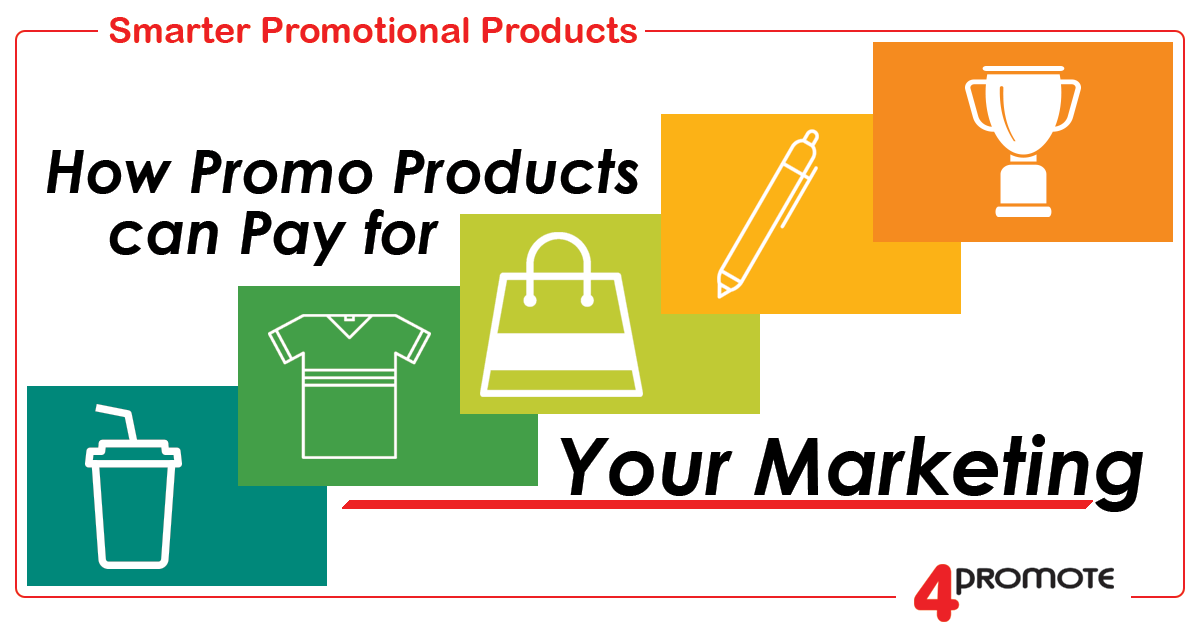You hand out promo products as a form of marketing, and that makes perfect sense. After all, you give away something as simple as a reusable shopping bag and every time the owner uses it at a store or when doing errands, it is a walking advertisement. While you must take the time to craft an easy to read and attractive logo, and make your branding pointed and clear, the use of branded promotional goods usually has a high ROI (return on investment).
Can you also charge people for them? As an example, launderers and dry cleaning establishments often use what is known as counter bags. They are durable laundry bags that can be used to tote garments or leave them out for delivery. They also use convertible bags that can replace a plastic sleeve over the order when it is returned. Many launderers and dry cleaners will charge clients for the latter – even though they feature a large logo and are a form of advertising.
That is just one example of how you might charge for a promo product and find many customers happy to pay the nominal fees to then do a lot of marketing for you!
Brand Awareness Is Valuable
The use of branded promo goods is a sure-fire way to maximise brand awareness, but most specifically when the promo products are beneficial and useful to the recipients. The key is to identify the portion of your audience that will want to pay for an item you might otherwise give away. And while that sounds like an impossible outcome, you will be surprised by how many of your clients or leads are willing to pay.
The first step is to choose the clients that make the most sense to target, or which area of your industry is most likely to have recipients who will pay for the products. As an example, let’s say that you make auto parts or components. You may have already created air fresheners that feature your logo and which you give out to one segment of your audience. However, if you have clients with their own customer base, they may be glad to purchase a large number of those air fresheners to include with their services.
You may have a fitness centre as a client. They may use some of your products, and they may be interested in acquiring a large number of the premium water bottles you give away to all customers. This would show their partnership with your firm and pay for your marketing directly to another audience segment.
That is where the brand awareness kicks in. The segment that was initially only in the hands of one group or customer is now open to your brand. This is true even in the business to consumer model. As an example, you may have high-quality outdoor wear with your logo as a premium promotional good, or high-end electronics with your logo. Allowing clients to purchase them as part of a promotional option is a perfect example of the B2C process. As they use it with like-minded family, friends or neighbours, they heighten our brand’s visibility and overall awareness around it.
Think Samples, Too
Another way to “sell” your branded promo goods is to offer them as sample sets for sale. This would see your products branded or imprinted with a logo, packaged, and made available for sale to potential clients or existing clients eager to try more of your goods. This is not strictly a promotional good, but it is certainly a creative way to produce branded promo products that you sell and allow to do free marketing and advertising for months after!


